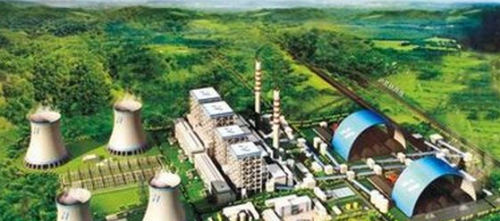Latvia is a tiny Northern European country located east of Denmark on the Baltic Sea. Aided by a magnifying glass, it is possible to see Latvia on a map, bordered by Estonia to the north, Russia and Belarus to the east, and Lithuania to the south.
This diminutive country has emerged as a wood pellet powerhouse on pace to rival Canada. Consider this: Latvia currently produces 1.4 million tonnes of wood pellets annually from a forest area of just 27,000 square kilometres. Canada produces 2 million tonnes from a forest area that is 115 times greater than Latvia’s – some 1.3 million square hectares. Each year, Latvia produces 52 tonnes of wood pellets per square kilometre of forest. For Canada to match that, we would have to produce more than 160 million tonnes annually!
In October 2015, I visited Latvia for meetings of the European Pellet Council-governing body of ENplus pellet quality certification scheme. For several of us that arrived early, Didzis Palejs, chairman of the Latvian Biomass Association, arranged a visit to a pellet plant owned by SBE Latvia Ltd. and two wood pellet storage and loading facilities at the Port of Riga and the Port of Marsrags. The pellet producer Latgran uses the port of Riga while SBE uses Marsrags, about 100 kilometres west of Riga.
SBE’s modern pellet plant produces 70,000 tonnes of wood pellets per year for European industrial and heat markets, mainly in Denmark, United Kingdom, Belgium and the Netherlands. SBE is ENplus certified for pellet quality and has the distinction of being the first pellet producer in Europe, and only second in the world, to earn the new SBP sustainability certification. SBEs uses a combination of sawmill residuals and chips as feedstock. Feedstock suppliers source low-grade round wood, chipping it before delivery to SBE.
Over the past three years, Latvia’s pellet production has grown from a little less than 1 million tonnes to its current level of 1.4 million tonnes. There are 23 pellet plants of various sizes. The largest producer is AS Graanul Invest. Having recently acquired Latgran, Graanul’s combined annual capacity in the Baltic Region is 1.8 million tonnes meaning this one company produces nearly as much as all of Canada!
Latvian producers are now nipping at Canada’s heels in the U.K. market. In 2014, Canada exported 899,000 tonnes of wood pellets to the U.K., compared to 402,000 tonnes from Latvia. However, in 2015, Latvian producers have narrowed the gap. As of August 31, Canada had exported 734,000 tonnes to the U.K. with Latvia not far behind at 602,000 tonnes.
Latvia’s forests are productive with annual growth estimated at 20 million cubic metres. The annual harvest is only about 11 million cubic metres, barely more than half of the annual growth. The main commercial species are spruce, pine, and birch.
Latvia is a former Soviet Bloc country. Although the Latvians kicked the Soviets out in 1991, there are many crumbling reminders of that era–ugly apartment buildings, abandoned factories, naval bases, farm buildings and so forth. Despite these physical reminders, Latvian citizens have rid themselves of the communist legacy and embraced free enterprise. In my short visit, I found Latvians to be friendly, hard working, and entrepreneurial. Latvia’s pellet sector has much room to grow and has every intention of continuing as a global force.
Post time: Aug-20-2020










